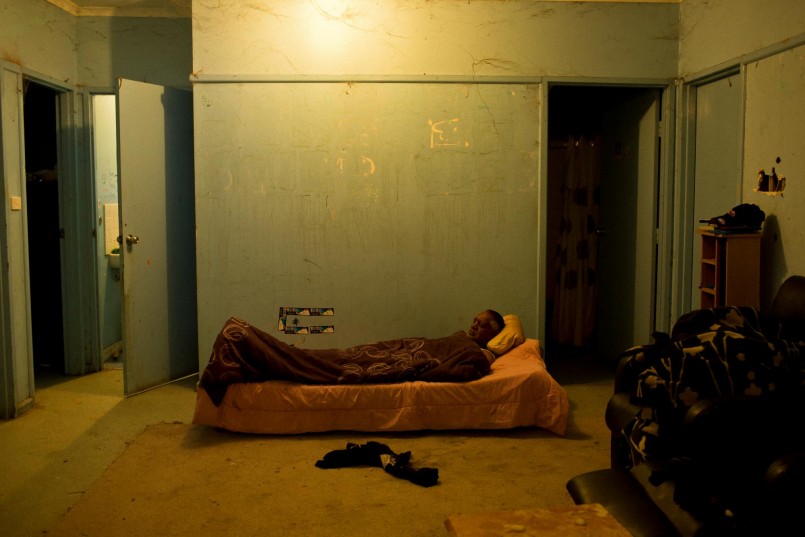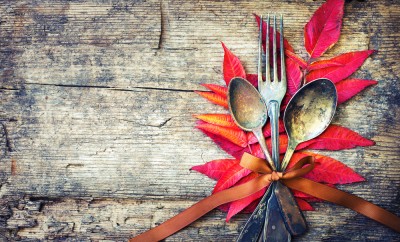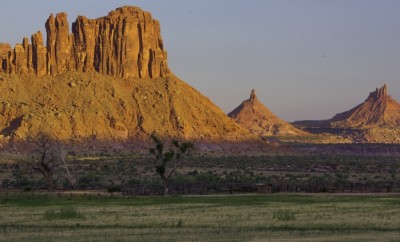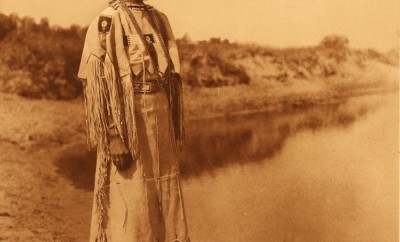Cultures
A Day In The Life Of Wilcannia’s Indigenous People

Image: The Guardian
A Day In The Life Of Wilcannia’s Indigenous People
Australia consistently ranks as one of the world’s most prosperous nations, but that prosperity isn’t divided so evenly along ethnic lines. Indigenous Australians generally rank among the country’s poorest residents, and the vast gulf in prosperity between these native peoples and Australia’s wider population is immediately evident in the harsh lives of those living in Wilcannia.
The community in New South Wales, the same province that holds a city as well-developed as Sydney, was cited as one of the state’s most disadvantaged communities in 2015. The Guardian’s photojournalism project on Wilcannia, where more than three-quarters of the 604-person population is of Aboriginal descent, presents the difficult lives of the Barkindji people who live in the depressed town situated beside the Darling River. The disparity in wealth between the indigenous people and other Australians, commonly called the “gap,” infects every aspect of daily life in Wilcannia. Aboriginals have shorter life expectancies—about 10-15 years shorter, to be specific—and are six times more likely to commit suicide than non-Indigenous Australians. Even newborns are four times as likely to die before their first birthdays. In Wilcannia, the average boy’s life expectancy is only 37 years. Aboriginal children are also more likely to drop out of school and to not attend secondary schools. Only 39% of indigenous students reached the 12th grade in high school, as opposed to 75% of the wider Australian population. Similarly, only 4% held a bachelor’s degree or higher, compared to 21% for all demographics. The result of this educational underperformance is often a life of unemployment and intermittent incarceration.
Though the surroundings are considerably bleaker than an average Australian town, the Barkindji retain the same core values, placing emphasis on family and community and often living as an extended family within one modest, frequently cramped home. Mattresses are laid out on the floors of most every room for some family member to sleep in an area otherwise barren of decoration or other furniture. The walls are littered with graffiti or simply dusty with cobwebs and cracks in the drywall façade. Backyards consist primarily of unadorned patches of dirt. Patriarchs are frequently missing from the scenes, the victims of the Australian cycle of widespread indigenous imprisonment. The isolated community in New South Wales’ more sparsely populated western half feels impossibly distant, as does the plight of the indigenous peoples living there. The origins of their poverty and shortened life expectancies are easily viewed as historic occurrences that should simply be forgotten or overcome by now, but Australia’s unfair treatment of its native population ripples through generations in places like Wilcannia.
Speaking of generations, one of the most devastating pieces of Aboriginal history lies in the Australian government’s Aboriginal Protection Act of 1869. Despite the pleasant-sounding title, the act resulted in the systematic removal of many Aboriginal children from their communities and families, a practice now referred to as “Stolen Generations.” The removals occurred primarily from 1905 to 1969, with the stated aim of improving Aboriginal integration into Australia’s European society. The program certainly failed in that respect, as those removed from their communities were statistically more likely to be incarcerated and to use illegal drugs.
The historic abuse of Australia’s Aboriginal people, even beyond the Stolen Generations, continues to affect the Barkindji and other Aboriginals whose ancestors were routinely made into second-class citizens by the Europeans who first settled the continent on January 26 of 1788, deciding the land was terra nullius, or land belonging to no one, before finally recognizing the Aboriginal’s traditional right to the area in 1992. Today, Australian institutions have recognized the past abuses of indigenous populations but have done little to repair the lingering consequences of said abuses. Conditions in disadvantaged communities like Wilcannia continue to worsen or else simply stagnate, producing a disproportionate amount of Australia’s inmates. The same goes for the urbanized sect of Aboriginals, living in prosperous cities but still plagued by “the gap” and the associated struggles.
In spite of all this, the Barkindji in Wilcannia retain many aspects of their original culture in the face of a changed nation that seems to have forgotten their existence for the most part. Recent years have even seen a slight uptick in education and living statistics for indigenous populations like the Barkindji, but the residents of Wilcannia are still simply using what modest livings they have to create a community and support their families however they can.





0 comments